The European Space Agency has approved PLATO, the space telescope, to search for extrasolar planets in the universe. This will mean that the project is given the green light to go from drawing board to construction.
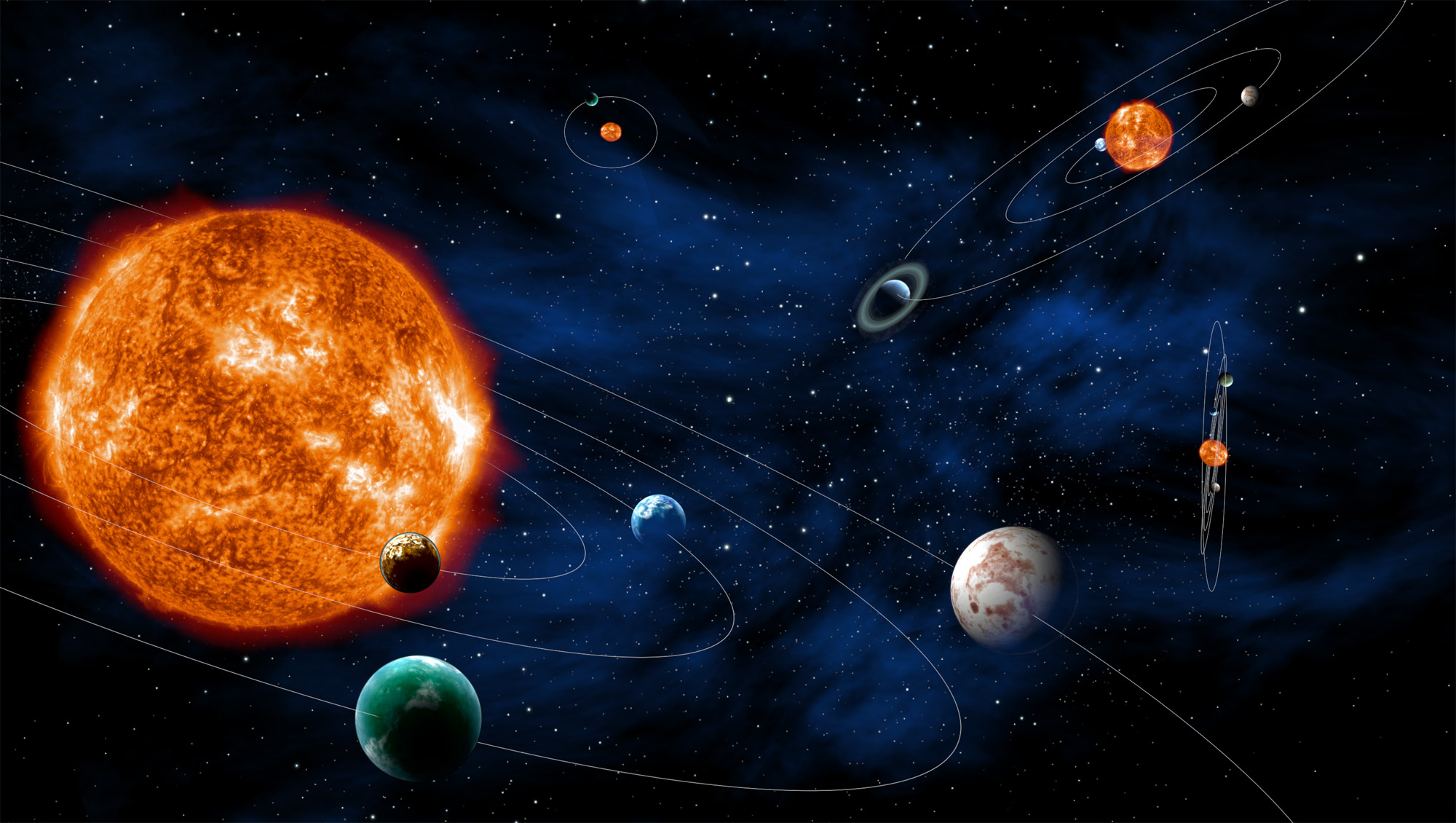
The Planetary Transits and Oscillations of stars (PLATO) telescope has been designed and studied theoretically for many years, but now, construction of the big space telescope can begin.
Plato’s special mission is to search for earthlike planets that orbit around stars that resemble the Sun, and which are at such a distance from its parent star to allow life as we know it to persist, i.e. the habitable zone.
Such planets are hard to find, but scientists hope that Plato will be able to achieve this feat by observing hundreds of thousands of bright stars at the same time for a long time.
The PLATO will be launched into the Lagrange point ‘L2’ in space — 1.5 million kilometers away from the Earth, as seen from the Sun — and will monitor thousands of bright stars over a large area of the sky.
PLATO will use the transit method (Transit Photometry) to search for Earth-sized planets, searching for tiny, regular dips in brightness as their planets cross in front of the stars, temporarily blocking out a small fraction of the starlight. The same method used by the NASA Kepler space telescope.
The mission is led by the University of Warwick in the U.K. and will address fundamental questions such as “how common are Earth-like planets?” and “is our solar system unusual or even unique?” and could eventually lead to the detection of extra-terrestrial life.
PLATO will also investigate seismic activity in some of the host stars, and determine their masses, sizes, and ages—with unprecedented accuracy — giving us a greater understanding of exoplanet systems.
The ESA Science Programme Committee meeting on June 20 agreed to the adoption of the PLATO mission as the third medium-class mission in ESA’s Cosmic Vision program, following its selection in February 2014. This means it can move from a blueprint into construction. The next step will be to find industry partners that can manufacture the parts of the space telescope, scheduled for launch mid-2020s.
Also part of the Cosmic Vision program – decided upon at a meeting of ESA’s Science Programme Committee – is the ESA’s LISA Pathfinder mission to demonstrate key technologies needed to detect gravitational waves from space.
Reference:


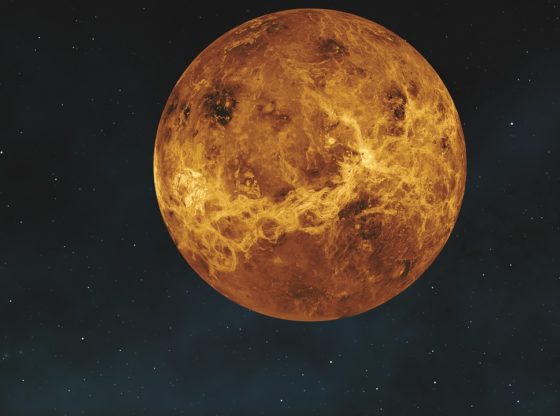
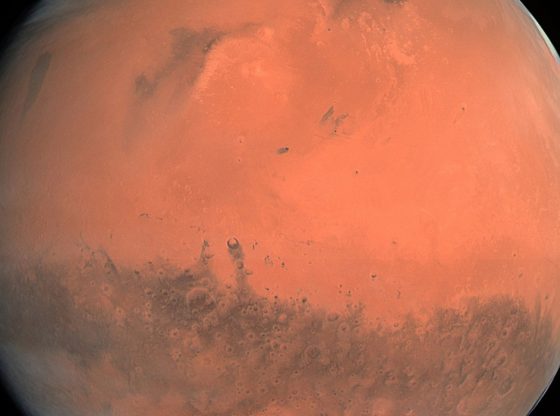
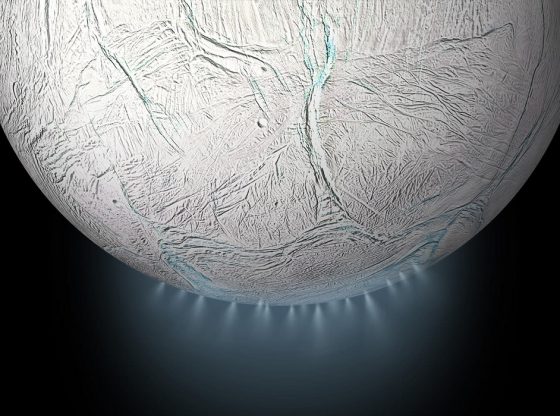
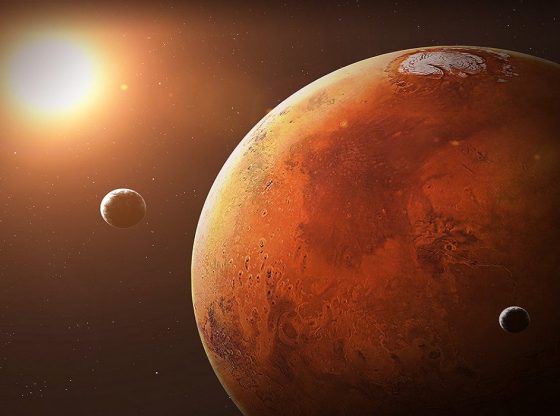
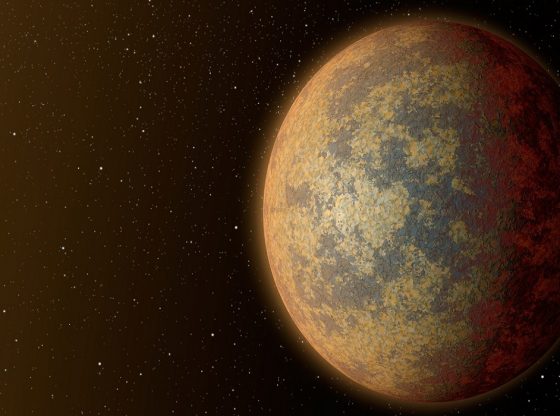
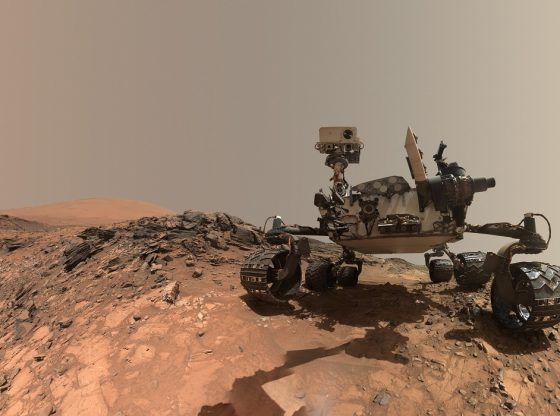



![OpenAI. (2025). ChatGPT [Large language model]. https://chatgpt.com](https://www.illustratedcuriosity.com/files/media/55136/b1b0b614-5b72-486c-901d-ff244549d67a-350x260.webp)
![OpenAI. (2025). ChatGPT [Large language model]. https://chatgpt.com](https://www.illustratedcuriosity.com/files/media/55124/79bc18fa-f616-4951-856f-cc724ad5d497-350x260.webp)
![OpenAI. (2025). ChatGPT [Large language model]. https://chatgpt.com](https://www.illustratedcuriosity.com/files/media/55099/2638a982-b4de-4913-8a1c-1479df352bf3-350x260.webp)








